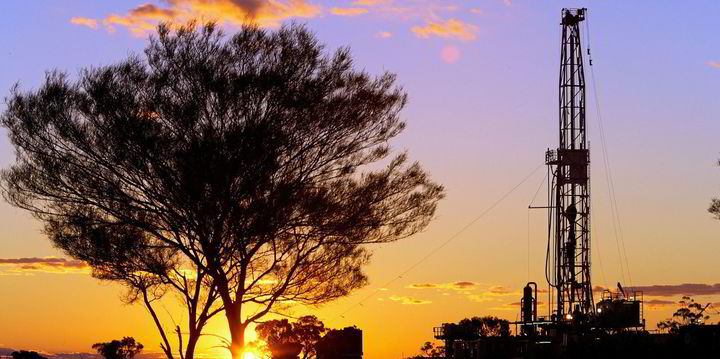Australia’s oil and gas industry needs to urgently fast-track the creation of energy super basins to provide a pathway to greater sustainability and reduce emissions, according to Anne Forbes, upstream research analyst at consultants Wood Mackenzie.
A super basin is an area where large hydrocarbon resources are co-located with the potential for plentiful clean electricity and large-scale carbon capture and storage (CCS).
Australia has among the highest CO2 intensity per barrel of oil equivalent of the major producing countries, coming in at an average 42 tonnes of CO2 per produced per thousand boe. This is mainly due to the dominance of the liquefied natural gas sector in Australia, which utilises an energy-intensive liquefaction process. WoodMac expects Australia to rank as the eighth highest upstream producing country in terms of Scope 1 and 2 greenhouse gas emissions between now and 2030.
“As upstream becomes more entwined with low and no-carbon businesses, some serious questions are going to be asked of Australian operators,” Forbes said at the APPEA conference in Adelaide.
“Turning Australia’s vast deposits of disadvantaged gas into a better — and more resilient — investment opportunity is going to require collaboration across the whole energy spectrum, something that has historically rarely happened in the sector.”
She told delegates that development of super basins in Australia is possible in certain advantaged locations but will be challenging in the prevailing economic conditions where additional costs can impact profit margins.
Article continues below the advert
“If Australia is serious about creating the next generation of super basins to prolong its upstream lifespan, CCS is going to have to play a far larger role in the process and plentiful clean electricity is also essential,” added Forbes.
“This is not going to be easy in the short-term — and will require government/policy support — but the fact remains that Australia’s most advantaged basins are blessed with world-class solar and/or wind potential.”
Global upstream super basins were originally defined as holding more than 10 billion boe of recoverable resource, of which more than 5 billion boe remains. Globally, more than 90% of current oil and gas production comes from some 40 super basins.

